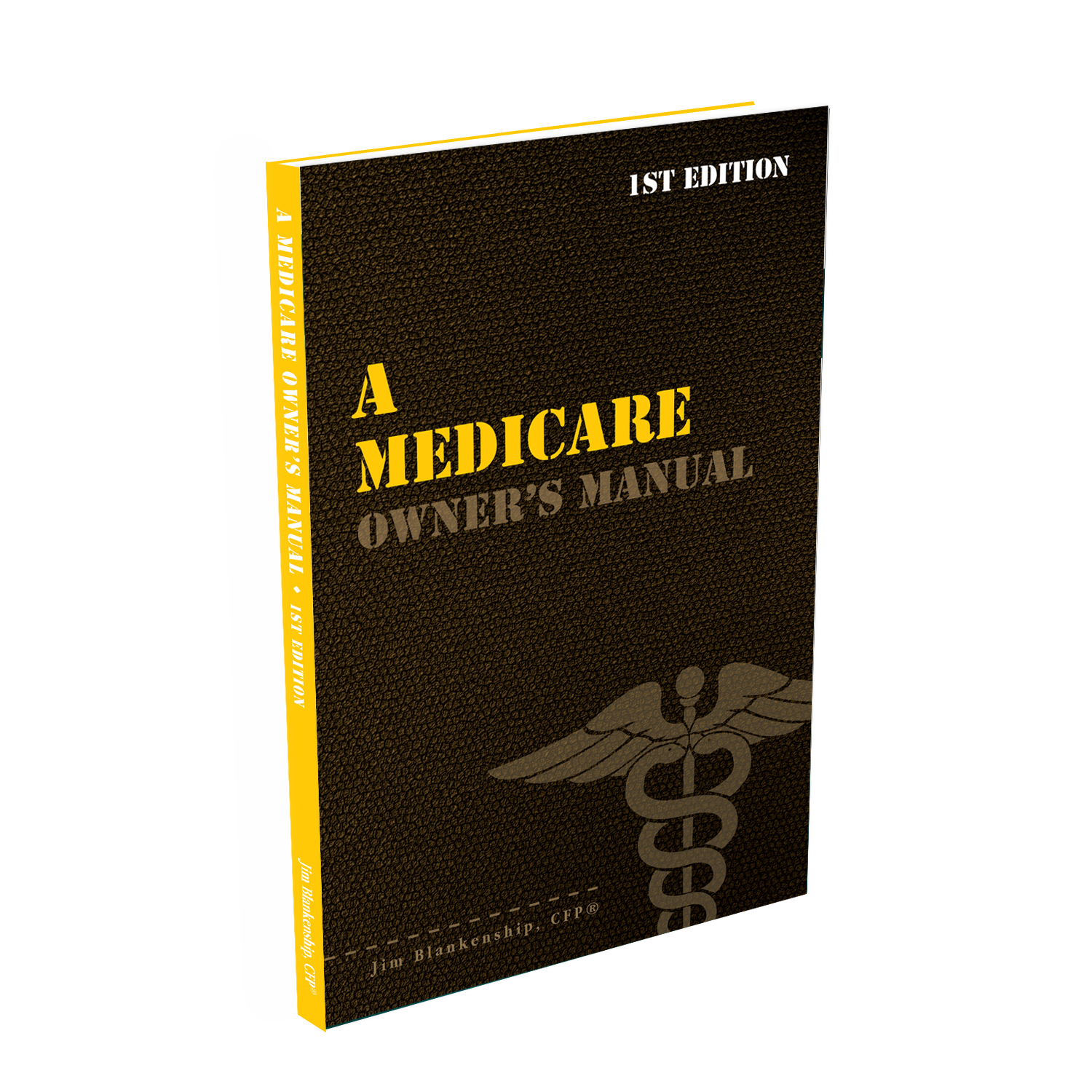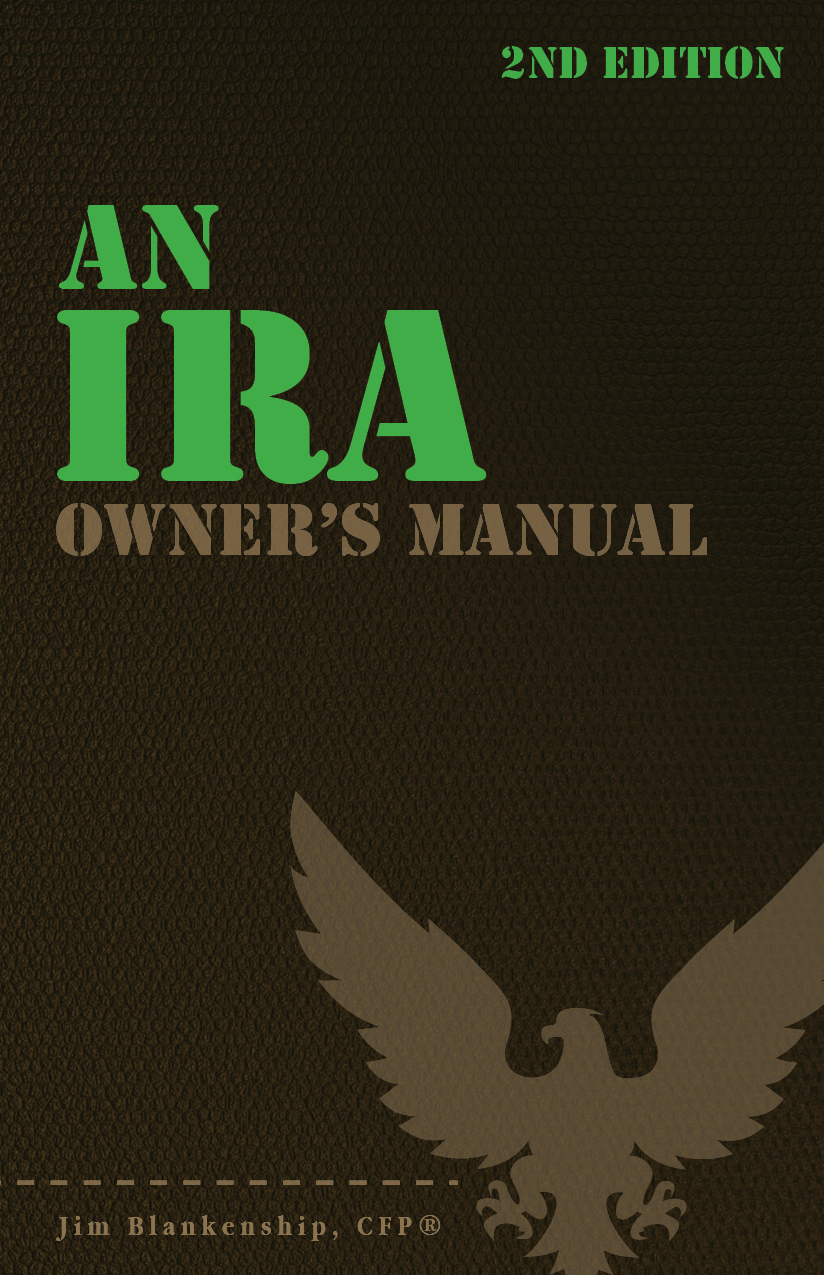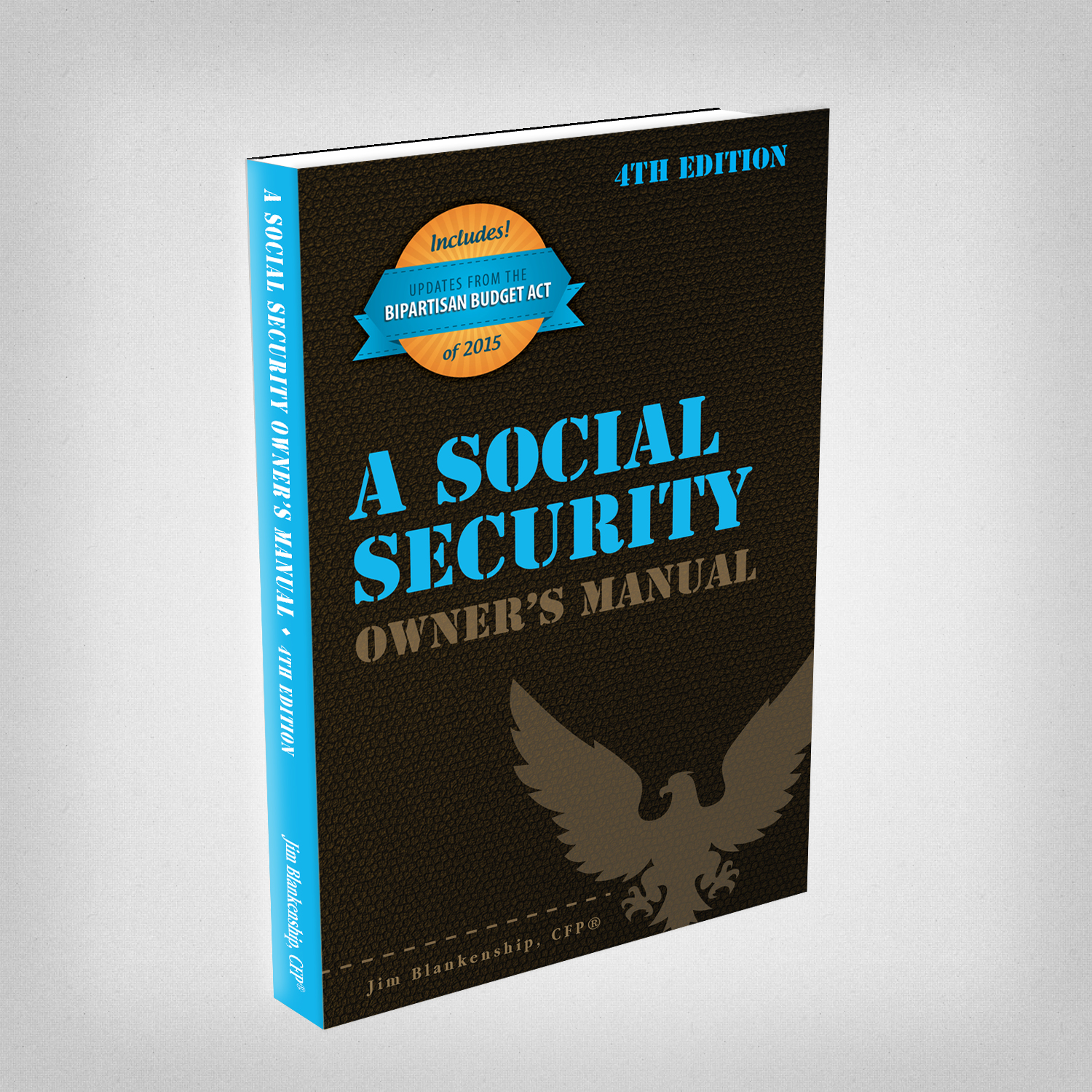 For many college bound and current college students, the arrival of the financial aid reward can seem like winning the lottery. For some students, this sum of money is more than they’ve seen (in one sitting) in their entire lifetime. The temptation to think of it as a “paycheck” rather than what it is – a liability – can often lead students to make less-than-optimal decisions when it comes to allocating those borrowed dollars.
For many college bound and current college students, the arrival of the financial aid reward can seem like winning the lottery. For some students, this sum of money is more than they’ve seen (in one sitting) in their entire lifetime. The temptation to think of it as a “paycheck” rather than what it is – a liability – can often lead students to make less-than-optimal decisions when it comes to allocating those borrowed dollars.
When it comes to student debt it’s helpful to think of it as just that – debt. This is money that is supposed to go towards the costs of higher education. If and when you are in the position of getting your reward money, consider the consequences of using the money to finance unnecessary purchases. Remember, this is debt. It will have to be paid back someday and with interest.
When you get your financial aid reward check do a careful assessment of what your actual expenses for college are. These would be tuition, room and board and necessary food (meal plan) and expenses (books, lab fees). Your financial aid reward should not finance a car, dining out with friends, the bar, or your spring break trips. It should only be used to fund the necessary expenses you must pay in order to attend college.
If there’s a surplus of money left over, avoid the temptation to spend this money on unnecessary items. In fact, a very wise move would be to take any extra money and use it to pay off some of the student loan debt you’ve already incurred. This will accomplish quite a few things. It will help boost your credit, it will reduce the total amount you owe when you graduate, and it will reduce the interest expense on the loans since the interest will be applied to a smaller principal balance. Should you want extra income for the extras like dining out or spring break, consider getting a part-time job and use the money earned from the job to pay for those expenses. Or better yet, use that extra money to pay down your student loans.
College isn’t cheap, but it doesn’t have to leave you in enormous debt. Be smart with your financial aid reward and only use what is necessary to stay in school. Use the extra to reduce the amount you’ve borrowed.


 Sterling Raskie, MSFS, CFP®, ChFC®
Sterling Raskie, MSFS, CFP®, ChFC® The latest in our Owner’s Manual series, A 401(k) Owner’s Manual, was published in January 2020 and is available on
The latest in our Owner’s Manual series, A 401(k) Owner’s Manual, was published in January 2020 and is available on  A Medicare Owner’s Manual, is updated with 2020 facts and figures. This manual is available on
A Medicare Owner’s Manual, is updated with 2020 facts and figures. This manual is available on  Social Security for the Suddenly Single can be found on Amazon at
Social Security for the Suddenly Single can be found on Amazon at  Sterling’s first book, Lose Weight Save Money, can be
Sterling’s first book, Lose Weight Save Money, can be  An IRA Owner’s Manual, 2nd Edition is available for purchase on Amazon. Click the link to choose the
An IRA Owner’s Manual, 2nd Edition is available for purchase on Amazon. Click the link to choose the  Jim’s book – A Social Security Owner’s Manual, is now available on Amazon. Click this link for the
Jim’s book – A Social Security Owner’s Manual, is now available on Amazon. Click this link for the  And if you’ve come here to learn about queuing waterfowl, I apologize for the confusion. You may want to discuss your question with Lester, my loyal watchduck and self-proclaimed “advisor’s advisor”.
And if you’ve come here to learn about queuing waterfowl, I apologize for the confusion. You may want to discuss your question with Lester, my loyal watchduck and self-proclaimed “advisor’s advisor”.